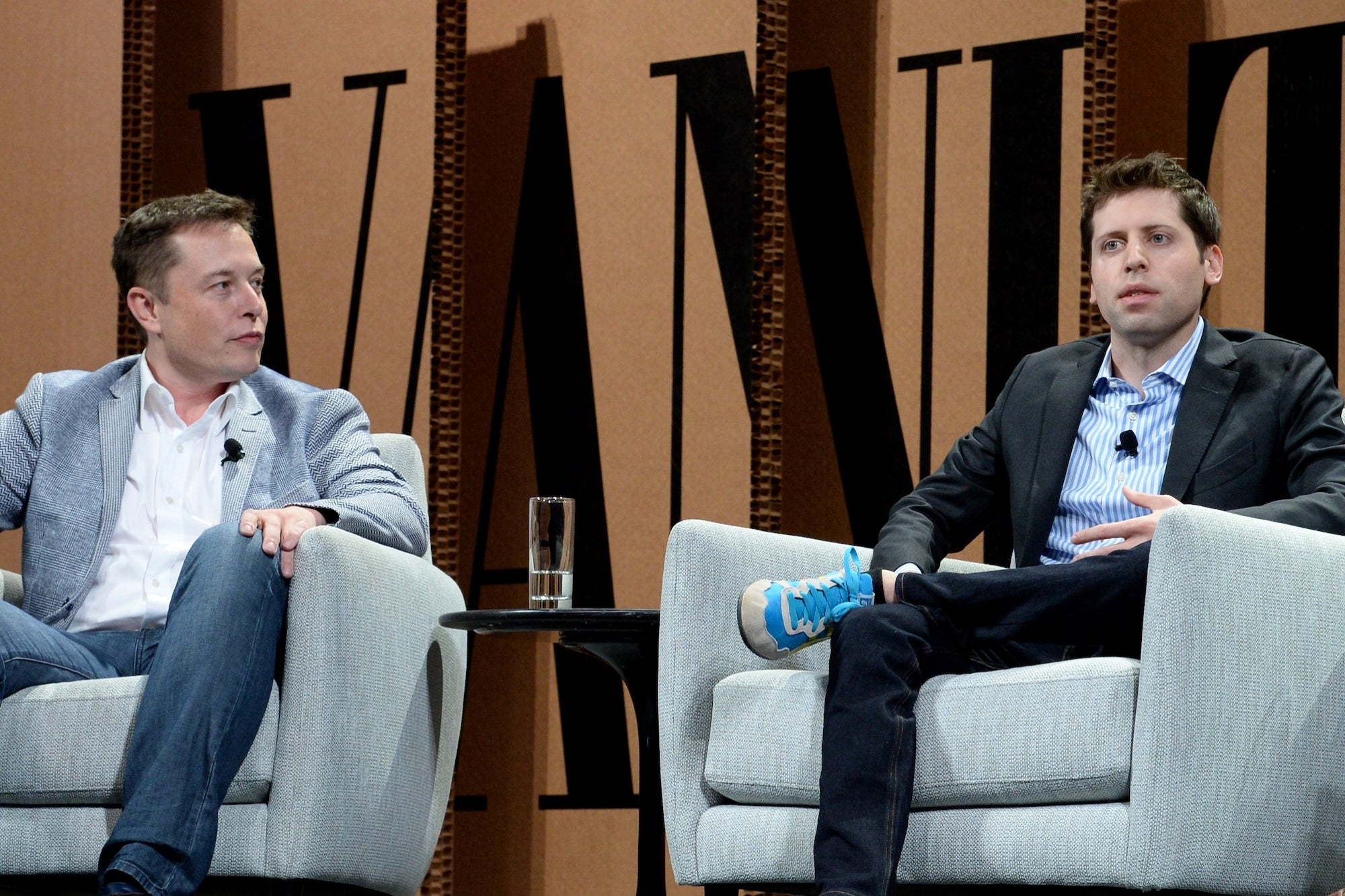Opinions expressed by Entrepreneur contributors are their own.
In every founder conversation I’ve had as a Fractional CFO, there’s a moment where ambition collides with reality. The business is growing. Revenue’s up. Customers are happy.
But underneath, the systems are shaky.
The books are late. Collections are patchy. Budgets are guesses. Reporting is inconsistent. Pricing is “whatever works.” The founder knows it, too, often admitting quietly: “We’ve grown faster than we’ve built the backend.”
Here’s what I’ve learned from experience: businesses don’t stumble because of weak ideas – they stumble because they scaled without fixing the financial foundation.
These are the seven systems I check (and rebuild) in almost every business I work with. Each one is a pillar. And when one breaks, the stress spreads everywhere else.
Related: 7 Things You Need to Consider Before Expanding Your Business
1. Accounting: The C-A-T framework
You can’t run a business on numbers you don’t trust.
But founders often assume that if the CA is filing taxes, the books must be fine. In reality, many accounting systems are slow, inaccurate, or incomplete. And the business is making high-stakes decisions based on outdated data.
That’s why I start with the CAT test:
- C – Completeness: Are all transactions recorded? Not just what shows up in Tally or Zoho, but every spend, invoice, credit note, and refund?
- A – Accuracy: Are items correctly categorized? Are accruals booked? Is revenue matched to delivery, or just dumped in when invoiced?
- T – Timeliness: Are monthly books closed within 10–15 days? Or are you seeing financials six weeks later? When is it too late to act?
A tech-founder once told me, “We missed our burn number by ₹20 lakhs because the books weren’t closed on time and I didn’t see the ad overspend until after the quarter ended.”
Clean, timely accounting isn’t a luxury. It’s what separates proactive leaders from reactive ones.
2. Receivables and collections: The RCC framework
Founders often celebrate revenue and forget that cash collection is what actually pays salaries.
It’s incredibly common to see:
- ₹2-3 crore in revenue “booked”
- ₹80-90 lakh stuck in receivables
- And founders are manually following up with clients on WhatsApp
I use the RCC framework to fix this:
- R – Revenue Linkage: Is revenue correctly linked to milestone delivery or usage periods? Are invoices triggered as per contracts? Or delayed until someone remembers?
- C – Collections Process: Is there a formal follow-up cycle? Automated reminders? Ownership assigned? Or is the founder still chasing payments?
- C – Credit Policy: Is there a standard set of credit terms and customer limits? Or does every deal depend on “how big the client is”?
I’ve heard more than one founder say, “I’m scared to follow up too hard. What if we lose the client?”
But the truth is, revenue that doesn’t convert to cash creates risk. It weakens your working capital, delays growth, and keeps you fundraising sooner than you need to.
Related: Why Small Business Success Comes Down to These 7 Things
3. Budgeting and forecasting: The 13-1-3 model
When I ask founders, “How many months of runway do you have?”, the most common answer is:
“Uhh… I think we’re okay till March?”
And then we check. And they’re not.
That’s why I apply the 13-1-3 model:
- 13-Week Cash Flow: Weekly visibility into cash inflows/outflows. Crucial for navigating tight months.
- 1-Year Operating Budget: A monthly plan tied to real outcomes: headcount, CAC, new products, breakeven.
- 3-Year Strategic Forecast: Directional visibility – when will you need capital, open new markets, or cross ₹100 crore?
In one Slack founder group, someone wrote:
“I feel like we’re guessing our way through every quarter – and just hoping things balance out.”
Forecasting isn’t guesswork. It’s how you steer, not react.
4. Capital raising: The FUND framework
Most founders chase funding like it’s a badge of honor. But I’ve seen businesses raise too much, too early, then regret both.
I use the FUND framework before any round:
- F – Figure Out What You Actually Need. Are you raising based on real runway needs, or “₹10 crore sounds right”? Every rupee should be tied to a clear milestone: GTM, hiring, working capital.
- U – Understand If You Even Need It. Many working capital problems are caused by broken systems, not capital gaps. I’ve worked with founders who needed collection discipline, not a ₹5 crore seed round.
- N – Nail Your Prep. Your model, deck, and deal room must be airtight. I’ve seen deals fall apart during diligence because the financials didn’t match the narrative, or weren’t ready at all.
- D – Don’t Chase Valuation, Create Value. A high valuation with weak fundamentals sets you up for a down round. Founders should aim for durability, not just optics.
One founder told me after a rushed bridge round: “I wish we’d raised ₹3 crore six months earlier instead of scrambling for ₹1.5 crore now.”
Capital is leverage — when you’re prepared.
5. Reporting & MIS: The D-S-A structure
Founders often operate in one of two extremes:
- They get lost in daily reports and Excel sheets
- Or they make key decisions with almost no financial context
The fix is to design three layers of reporting with the DSA structure:
- D – Detailed Reports (for operations): For team leads – cost centers, per-project P&Ls, vendor tracking
- S – Summary Reports (for management): Burn rate, margin trends, budget vs. actuals – monthly
- A – Analytical Reports (for CXOs/board): LTV/CAC, margin compression, cohort behavior, churn trends
One founder told me:
“Our reports say everything, but nothing useful. I can’t get a straight answer on why our margins dropped last quarter.”
That’s not a data problem. That’s a reporting architecture problem.
Related: How I Built a 7-Figure Business With This Simple Strategy
6. Taxation & compliance: The ACT framework
Nobody wants to think about tax until an investor asks:
“Can you send us your latest ROC filings, GST returns, and cap table docs?”
And you realize: nothing’s ready.
The ACT framework covers the basics:
- A – Accuracy: Are tax filings reconciled with your books? Are you capturing TDS, GST and advance tax properly?
- C – Consistency: Are filings and audits being completed on time every month/quarter/year? Or is it always a rush in March?
- T – Traceability: Can every statutory payment be traced back to entries in the books?
Investors now scrutinize governance more than ever. Sloppy compliance signals poor internal control – and can derail funding, slow acquisitions, or trigger penalties.
7. Pricing and costing: The 3S pricing model
One of the biggest financial blind spots I see?
A founder lands a big client… and later discovers the margins are negative.
Pricing isn’t a one-time exercise – it’s a system. I use the 3S Pricing Model:
- S1 – Strategic Positioning: Are you pricing based on value, or just to win deals? If you’re consistently the cheapest, that’s a problem.
- S2 – Sustainable Margins: Are you tracking cost-to-serve by client, product, or geography? I’ve helped founders realize that 30% of their MRR was unprofitable.
- S3 – Scalable Structure: Can your pricing expand with volume, new tiers, or customizations – or will complexity eat your margins?
One of my early clients told me, “We priced our first few deals to win logos. Now we’re stuck with anchor pricing and can’t raise rates without churn.”
Fixing pricing is uncomfortable. But not fixing it slowly kills your profitability.
Conclusion
You don’t rise to the level of your goals. You fall to the level of your systems. Every growing business hits a stage where product, people, and demand outpace process. If your financial pillars aren’t ready, growth will expose the cracks.
You don’t need to fix everything overnight.
But if even one of these seven is broken, now is the time. Because the difference between confident scaling and chaos isn’t revenue.
It’s readiness.
In every founder conversation I’ve had as a Fractional CFO, there’s a moment where ambition collides with reality. The business is growing. Revenue’s up. Customers are happy.
But underneath, the systems are shaky.
The books are late. Collections are patchy. Budgets are guesses. Reporting is inconsistent. Pricing is “whatever works.” The founder knows it, too, often admitting quietly: “We’ve grown faster than we’ve built the backend.”
The rest of this article is locked.
Join Entrepreneur+ today for access.







